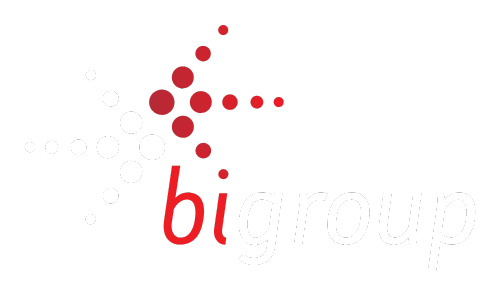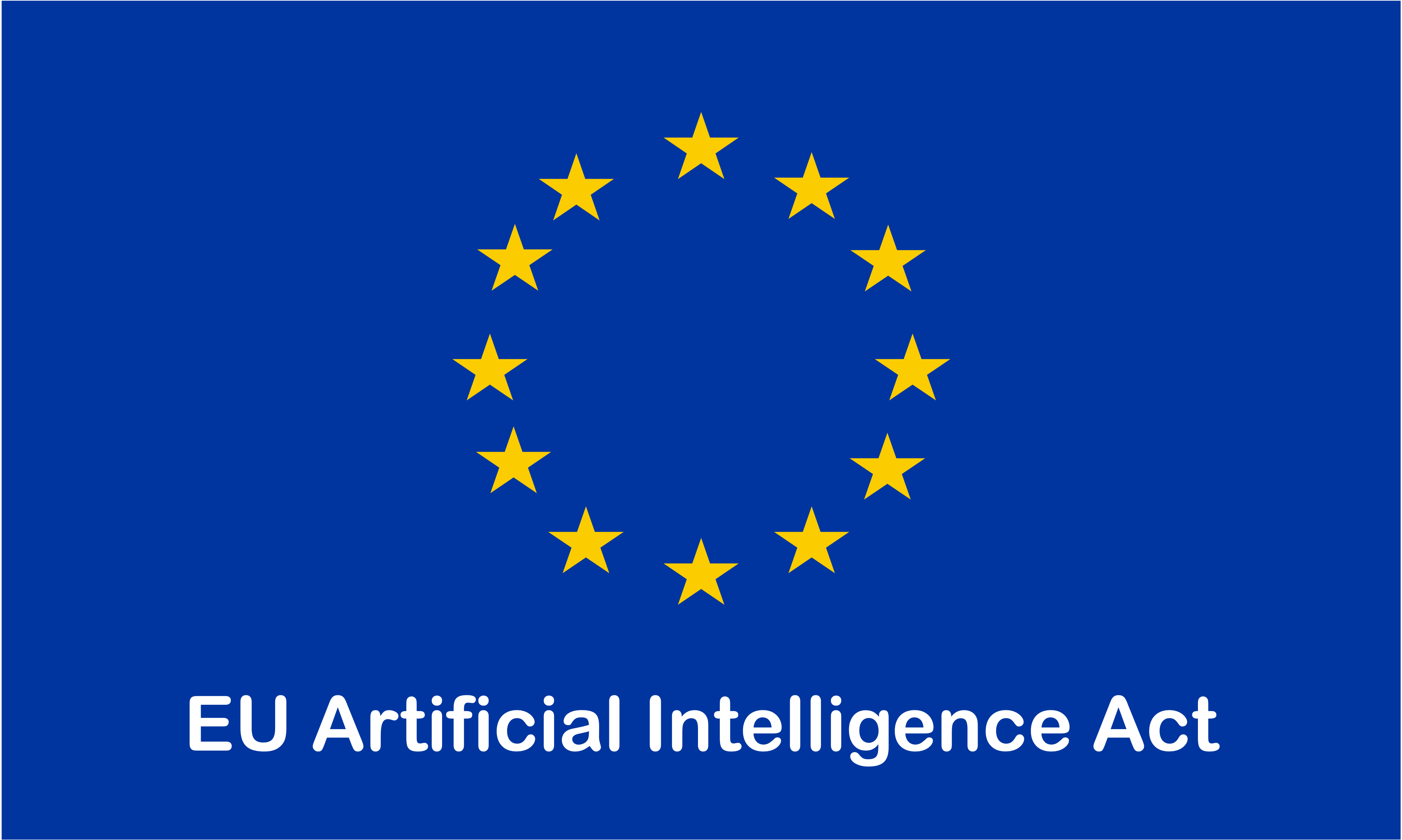A Comprehensive Guide for Global Organisations
The European Union’s Artificial Intelligence Act (AI Act) is a groundbreaking regulation designed to ensure the ethical development and deployment of artificial intelligence. Although its jurisdiction is primarily within the EU, its extraterritorial provisions extend its influence globally, requiring organisations worldwide to evaluate their AI operations for compliance. This article delves into the intricacies of the AI Act, its impact, and actionable steps organisations can take, with a deep focus on the regulatory mechanisms and how active participation in these efforts can shape the future of AI governance.
Understanding the EU AI Act
Enacted on 1 August 2024, the AI Act introduces a harmonised framework to regulate AI systems within the EU. It classifies AI systems into four categories based on risk:
- Unacceptable Risk: AI systems that endanger fundamental rights, safety, or livelihoods are banned, such as social scoring by governments or indiscriminate surveillance using biometric identification.
- High Risk: AI applications in sensitive areas like healthcare, transportation, and employment are subject to stringent requirements, including data governance, transparency, human oversight, and security protocols.
- Limited Risk: These systems, such as chatbots, require transparency measures to inform users about their AI nature.
- Minimal Risk: Systems like AI-driven email filters or video game algorithms, which present negligible risks, are largely exempt from regulatory constraints.
Extraterritorial Impact: Extending Beyond the EU
The AI Act’s influence is not confined to EU borders. It applies to:
- Providers: Organisations that place AI systems on the EU market or offer them as services within the EU.
- Deployers: Entities operating AI systems whose outputs are utilised in the EU, regardless of the organisation’s geographical location.
As a result, organisations outside the EU that interact with EU markets, citizens, or data must ensure compliance to maintain access to this significant market.
Promoting Responsible AI and Governance
The AI Act champions responsible AI by mandating:
- Data Quality and Governance: AI systems must be trained on high-quality, unbiased datasets to ensure accuracy and fairness.
- Transparency and Accountability: Organisations must disclose how their AI systems operate, including decision-making processes, limitations, and capabilities.
- Human Oversight: Mechanisms must be in place for human intervention in critical AI decisions, minimising harm and preventing automated errors.
- Security and Resilience: Robust defences against adversarial attacks and other vulnerabilities must be embedded within AI systems.
These measures serve as a foundation for building AI systems that respect ethical standards and uphold fundamental rights.
Engaging in Regulatory Efforts: A Deep Dive
Active participation in regulatory discussions is not just a matter of compliance, it is an opportunity for organisations to influence the shaping of AI policies and establish themselves as leaders in responsible innovation. The AI Act provides multiple avenues for organisations to engage with regulatory frameworks and contribute to the development of future governance.
1. Collaboration with Industry Bodies
Industry associations, such as AI-focused think tanks and standard-setting organisations, often play a key role in interpreting regulatory requirements. By joining these groups, organisations can:
- Participate in the co-creation of industry standards that align with the AI Act.
- Share best practices and challenges with peers, fostering collective improvements.
- Gain early access to updates on regulatory changes and enforcement strategies.
Organisations like the European AI Alliance and the Global Partnership on AI offer platforms for such collaboration.
2. Contribution to Public Consultations
The EU routinely conducts public consultations before implementing or amending regulations. Organisations can engage by:
- Submitting feedback on draft legislation to highlight potential practical challenges.
- Proposing solutions or alternatives to improve regulatory frameworks.
- Using real-world data and case studies to influence regulatory direction.
These consultations provide a direct channel for organisations to voice concerns and shape the future of AI governance.
3. Liaison with Regulatory Authorities
Building relationships with national supervisory authorities and EU-level regulators such as the European Data Protection Board (EDPB) is crucial. Organisations should:
- Appoint compliance officers or regulatory liaisons to maintain ongoing communication with regulators.
- Seek clarification on ambiguous provisions of the AI Act to ensure precise adherence.
- Engage in workshops and discussions hosted by regulators to stay informed and proactive.
Such engagement not only aids compliance but positions organisations as trusted partners in regulatory ecosystems.
4. Participation in Standards Development
The AI Act references harmonised standards, many of which are developed by international organisations like ISO (International Organization for Standardization) and CEN-CENELEC (European Committee for Standardization). Organisations can:
- Join technical committees to help define the standards underpinning AI compliance.
- Influence the development of metrics and benchmarks for high-risk AI systems.
- Leverage participation to align internal processes with emerging global standards.
5. Engaging with Policymakers
Policymakers are often receptive to input from organisations with expertise in AI. To engage effectively:
- Attend public forums and policy hearings on AI regulations.
- Form coalitions with other stakeholders to advocate for balanced regulatory approaches.
- Provide policymakers with white papers or research findings to inform decisions.
This proactive engagement ensures that organisations are not just passive recipients of regulations but active contributors to their formation.
6. Regulatory Sandboxes
The AI Act encourages the creation of regulatory sandboxes, controlled environments where organisations can test innovative AI applications under the guidance of regulators. Participating in these sandboxes allows organisations to:
- Pilot new AI solutions while ensuring compliance with the Act.
- Gain insights into regulatory expectations in a low-risk setting.
- Demonstrate commitment to responsible innovation and ethical AI practices.
7. Leveraging Cross-Border Networks
For organisations operating across multiple jurisdictions, it is essential to align compliance efforts with other regulatory frameworks, such as the UK’s AI policy or the US’s Blueprint for an AI Bill of Rights. Strategies include:
- Creating a unified compliance framework that meets the requirements of multiple jurisdictions.
- Monitoring global trends in AI governance to anticipate future regulatory shifts.
- Engaging with international regulators to harmonise standards and reduce compliance burdens.
Engaging in regulatory efforts is more than a compliance obligation, it is a strategic opportunity for organisations to shape the future of AI governance and establish their credibility as responsible innovators. By collaborating with industry bodies, participating in public consultations, liaising with regulators, contributing to standards development, and leveraging regulatory sandboxes, organisations can not only navigate the complexities of the EU AI Act but also position themselves as leaders in ethical and sustainable AI.
The journey toward compliance is a shared responsibility, and proactive engagement will be key to ensuring that AI serves humanity responsibly and equitably. Now is the time to take action. Assess your AI systems, build partnerships with regulatory bodies, and actively participate in shaping the AI landscape. Your organisation has the power to lead the way in creating a future where AI benefits everyone, setting the standard for responsible and sustainable innovation.

